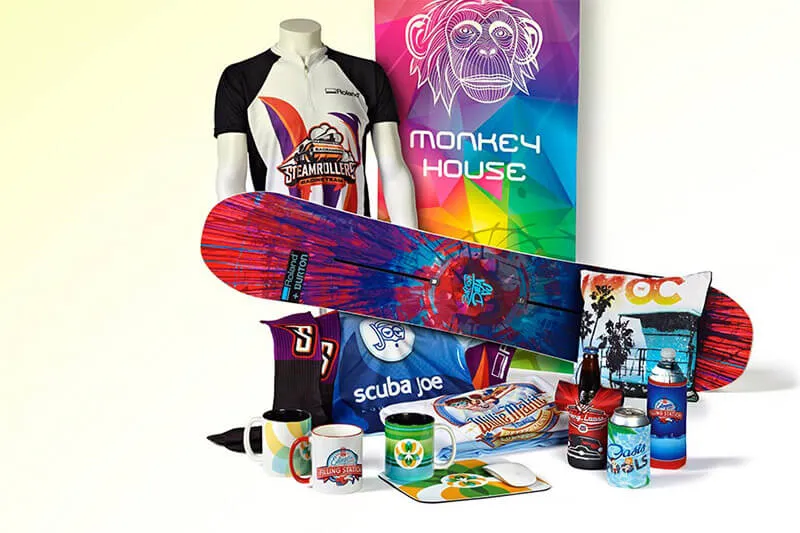Quality control is paramount in the apparel decoration industry. It’s the backbone of customer satisfaction, brand reputation, and ultimately, business success. From the initial design phase to the final packaged product, meticulous attention to detail is crucial to ensure that every decorated garment meets the desired standards. This includes everything from print accuracy and color matching to garment quality and proper finishing. Implementing robust quality control measures minimizes errors, reduces waste, and prevents costly returns or reprints, saving both time and resources. By prioritizing quality, apparel decorators build trust with their clients and establish themselves as reliable and professional partners.
One of the most critical aspects of quality control in apparel decoration is print quality. This encompasses several key factors: accurate artwork reproduction, vibrant and consistent colors, proper ink curing, and durable prints that withstand washing and wear. Issues such as misregistration, blurry images, color discrepancies, or cracking prints can significantly detract from the final product’s appearance and perceived value. Implementing standardized printing procedures, regularly calibrating equipment, and conducting thorough checks at each stage of the printing process are essential to maintain consistent and high-quality prints. This includes checking screens for proper exposure, ensuring proper ink viscosity, and monitoring dryer temperatures to guarantee proper curing.
Beyond the print itself, quality control also extends to the garment being decorated. This includes verifying the garment’s size, color, style, and overall quality before decoration begins. Defects such as stains, tears, or inconsistent stitching should be identified and addressed before any printing or embroidery takes place. This prevents wasted time and materials on decorating flawed garments. Furthermore, proper finishing techniques, such as removing loose threads, folding, and packaging, are crucial for presenting a professional and polished final product. Attention to these details contributes to a positive customer experience and reinforces the perception of high quality.
In conclusion, quality control is not merely a checklist of tasks but rather an integral part of the entire apparel decoration process. It’s a commitment to excellence that drives customer satisfaction, builds brand loyalty, and fosters long-term business growth. By investing in robust quality control measures, apparel decorators can minimize errors, maximize efficiency, and ultimately deliver superior decorated garments that exceed customer expectations. This dedication to quality not only differentiates a business from its competitors but also solidifies its reputation as a trusted and reliable provider in the competitive apparel market.

